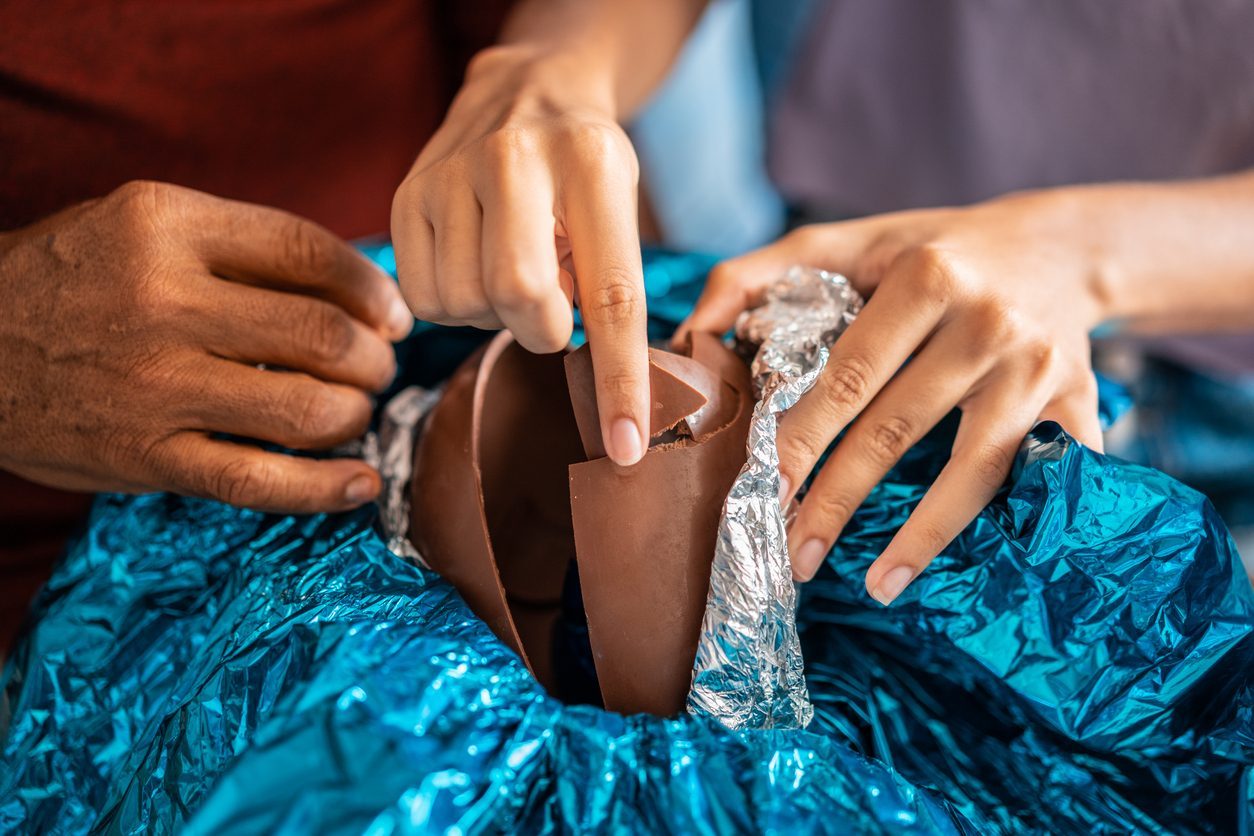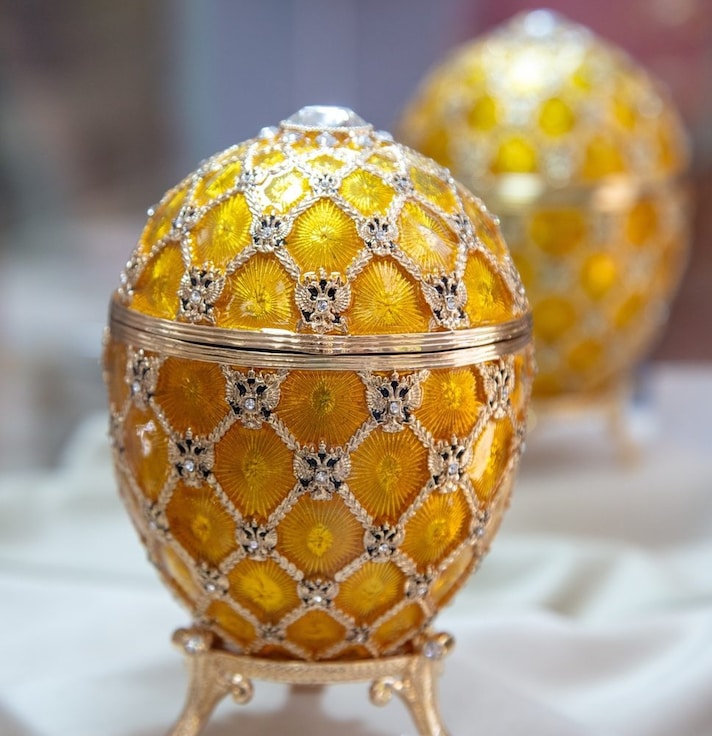Why Do People Gift Chocolate Eggs During Easter? Let’s Discover This Ancient Rite!
Symbol of perfection, spring and rebirth, the egg as a gift has crossed the centuries, until becoming the popular chocolate dessert. Here is its history, which starts from the Egyptians and arrives to the present day, passing through the Sun King and the Tsars.
;Resize,width=742;)
The custom of giving eggs as gifts has roots that are much deeper than chocolate itself, the raw material used to make those that children love so much, packaged in shiny packaging with the most diverse surprises inside and which have become over time one of the symbolic sweets of Easter. In fact, since ancient times, the egg has been linked to the cycle of nature: the Egyptians knew it, who considered it the essence of the four elements (air, earth, fire, water), as well as the Persians and the Romans, who exchanged eggs to celebrate the return of spring.
From rebirth to Resurrection, then, the step is short: Christianity "appropriates" the egg making it an Easter emblem. During Lent it was forbidden to eat meat and animal products, including dairy products and eggs, as they were considered fatty foods: the hens, however, did not stop laying and to preserve this nutritious food – it was forbidden to waste it – it was boiled, thus becoming hard-boiled. With the end of the fast, the eggs were blessed and consumed on Easter day.
In the Middle Ages, in Germany, the population exchanged hard-boiled eggs wrapped in leaves and flowers, which naturally colored them. However, already in pagan times, particularly in Eastern Europe, it was a tradition to paint birds' eggs with patterns that recalled flora and fauna, designs that with the advent of Christianity took on typical religious forms, from the cross to the sun: "precious" objects that were given as gifts to bring good luck.
Peter Carl Fabergé's Masterpiece Eggs
Over the centuries, the habit of giving eggs took on increasingly sumptuous contours, until it became a court practice, where among the nobles the eggs were no longer hard-boiled, but made of important metals, such as platinum, gold and silver. The most famous are undoubtedly those made by Peter Carl Fabergé, jeweler to the Tsars of Russia: in 1885 Alexander III Romanov commissioned the famous goldsmith to make a special gift for his wife, Tsarina Maria Fëdorovna. It was an egg made entirely of enamelled platinum containing another smaller gold egg inside, which in turn held two small gifts, in the style of a matryoshka. The work was so successful that it became a regular event for the imperial family: Fabergé created new eggs with secret mechanisms and increasingly elaborate ornaments. True masterpieces, some of which can be admired at the Fabergé Museum in St. Petersburg.

Easter Eggs and Chocolate: From the Sun King to Turin's Pastry Chefs
So far we have talked about Easter eggs lacking a fundamental detail, chocolate. When did they arrive? It is known for certain that cocoa arrived in the Old Continent after the discovery of America in 1492, spreading throughout Europe. However, chocolate at that time was very different from what we know today and was consumed mainly in the form of a drink, therefore liquid.
Legend has it that it was Louis XIV, the Sun King, who went down in history as a gourmet, who asked his master chocolatier in the 17th century to sculpt a chocolate egg for Easter. According to various sources, based on these French prototypes, it was the people of Turin who perfected the technique in the 18th century: reference is made first and foremost to a widow Giambone, who had a pastry shop in the central Via Roma, who in 1725 gave her grandchildren eggs made entirely of melted and cooled chocolate, obtained by filling the empty shells of chicken eggs.
Still in the Savoy city, then, in the 1900s, the pastry chefs of Casa Sartorio entered the scene and patented a machine that modeled the shape of the egg in moulds, distributing the chocolate into two separate halves and thus inserting the surprise inside.

What is certain is that only thanks to industrialization and the improvement of cocoa processing techniques has it been possible to have hollow eggs with a smooth texture that melts in the mouth when bitten: taking a small leap back in time, in fact, in 1828 the Dutchman Van Houten set up and perfected the press that allowed the separation of cocoa from cocoa butter, laying the foundations for large-scale Easter eggs (but also for bars), which began to become an iconic product starting from the second half of the twentieth century: initially made only of dark chocolate, designed for adults, and later also introducing milk chocolate, with marketing that chose children as the most loyal "customers".
;Resize,width=767;)

;Resize,width=712;)

